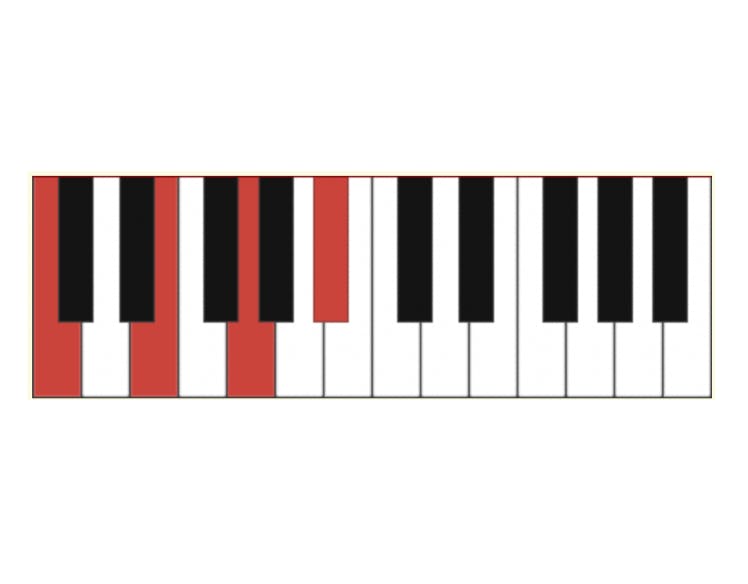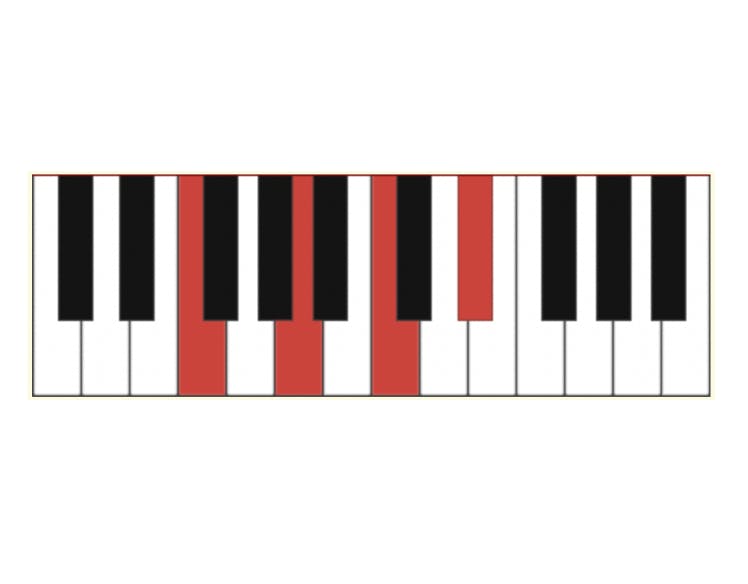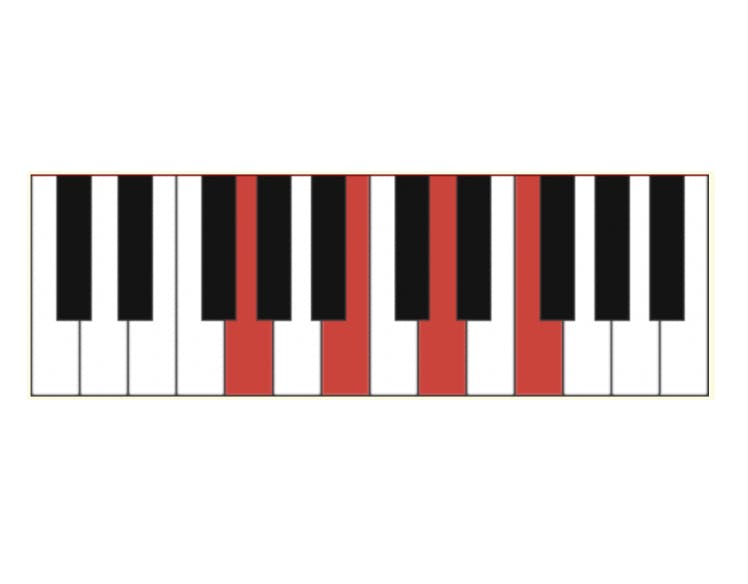Learn How to Play an Authentic Sounding 12 Bar Blues on Piano
Learning how to play blues piano doesn’t need to be difficult. Whether you’re a complete beginner or have been playing the piano in another genre for years, you can easily learn how to play aspects of blues piano, including the 12-bar blues scale.
Of course, this is not to say that the blues is a straightforward genre. Blues piano is vast, varied, rich and complex. Over the years blues piano has created a variety of other genres, such as boogie woogie piano, and it also continues to influence many other styles of piano music to this day.
However, the influence, diversity and notoriety of the blues is the very thing that makes the genre so fun to learn. And with our tips below, anyone can pick it up and start their journey towards becoming a blues piano master.
Also check out this wide range of blues courses on MusicGurus.com for beginner all the way to advanced pianists.
Easy Blues Piano Chords
There are a variety of blues piano scales, chords, progressions and patterns out there but thankfully there are three simple blues piano chords that you can learn to get started, before combining them to play the full 12 bar blues piano pattern.
The 3 chords you need to learn to play a 12 bar blues on piano are:
- C7
- F7
- G7
Thankfully, all of these chords are easy to play. They start with your average C major, F major and G major chords and add a 'dominant 7th' note. This 7th note is what transforms the chords and gives them that classic bluesy sound. To figure out what the dominant 7th is, simply locate the note that is two notes below the name of the chord itself.
In theory, you can add this 7th to any major triad chord. However, you only need to know C7 major, F7 major and G7 major to play the 12 bar blues, so let’s break down each chord below using diagrams from Piano Chords.
The C "Dominant 7" Chord (C7)
Let’s start off with the notes of the C7 chord:
C / E / G /Bb
As you can see, the Bb is what transforms this average C major chord into the C "dominant 7" blues chord (written as C7).
Get a 30 day free trial to MusicGurus now with the code 'BLUESTRIAL' - start now.

The F "Dominant 7" Chord (F7)
Next, let’s look at the F7 major chord:
F / A / C / Eb
As you can see, this one is very easy to remember as it spells out FACE and it is the Eb note that makes this chord a 'dominant 7th'.

The G "Dominant 7" Chord (G7)
Lastly, we have the G7 major chord:
G / B / D / F
Unlike the other two chords below, it is not a flat (b) note that is the blue note in this final blues chord, it is a standard F note.

The 12 Bar Blues Pattern / Progression
Practice and perfect the above blues chord firstly on its own and then back-to-back with the others. Once you feel confident, you’re ready to learn how to play the 12 bar blues progression.
Blues music follows a classic 12 bar structure in 4/4 time. This means that you will count 4 beats per bar for a total of 12 bars. Practice this rhythm by clapping to the beat and then when you’re ready add the blues chords you’ve learned in the sequence below:
| C7 | C7 | C7 | C7 |
| F7 | F7 | C7 | C7 |
| G7 | F7 | C7 | C7 |
Practice the pattern for five minutes or more every day and before you know it you will have mastered these crucial blues piano chords and the 12 bar blues piano pattern! Once you’ve grasped this technique, try your hand at improv by improvising using the blues scale, and check out our full range of lessons and learn how to play blues piano like a pro.
Get a 30 day free trial to MusicGurus now with the code 'BLUESTRIAL' - start now.
Latest posts
See all → Paddy Milner stars in upcoming music documentary ‘The Session Man’
Paddy Milner stars in upcoming music documentary ‘The Session Man’
MusicGurus artist and instructor Paddy Milner features in an upcoming film celebrating the incredible career of session pianist Nicky Hopkins.
 Who Was Nicky Hopkins? The Unsung Hero of Rock and Roll
Who Was Nicky Hopkins? The Unsung Hero of Rock and Roll
Learn about piano player Nicky Hopkins who collaborated with The Beatles, The Who, The Rolling Stones and more on MusicGurus.
 Around The World With Sir Tom Jones
Around The World With Sir Tom Jones
A look back at an incredible tour written by Sir Tom's pianist, and our very own blues piano maestro, Paddy Milner

